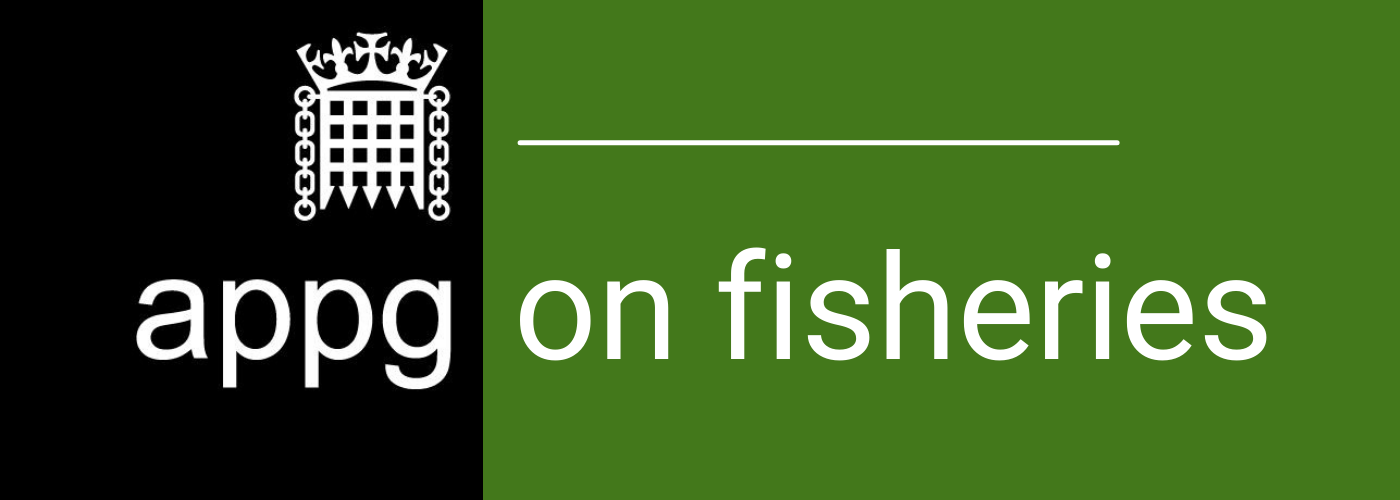Please note: this article covers the Fisheries Bill that was passing through the Houses of Parliament until late 2019. A new Fisheries Bill has been introduced to the Houses since then, although much of the content remains very similar.
The UK’s exit from the European Union will require the creation of a substantial amount of UK-specific legislation. The Fisheries Bill is a key instance of this, designed to fill the ‘governance gap’ left when the UK leaves the EU’s Common Fisheries Policy (CFP). As well as simply replacing the CFP, the government also claims that the Fisheries Bill “creates powers to build a sustainable, profitable UK fishing industry and deliver a Green Brexit with new protections for our precious marine environment”. The Bill begins by setting out six core objectives:
1. Sustainability: to ensure long-term environmental sustainability, that is consistent with economic, social and employment benefits.
2. Precautionary: to apply the precautionary approach to fisheries management and ensure harvesting of any stock does not exceed its maximum sustainable yield.
3. Ecosystem: to implement an ecosystem-based approach to management, in order to minimise negative impacts on the marine environment.
4. Scientific Evidence: to contribute to scientific data collection and to base management policy on the best available scientific advice.
5. Discards: to gradually eliminate discards by avoiding/reducing unwanted catches and gradually ensuring that all catches are landed.
6. Equal Access: to ensure that fishing access for any UK fishing boat based at any UK port is not affected by location.
These six objectives provide the foundations for the rest of the Bill. The Bill does not set out exact policy measures, but rather provides a framework upon which future policy can be built in a flexible way.
© Nina Constable
Effective and Sustainable Management
Environmental lobbyists have cautiously welcomed the Bill’s focus on sustainability although they point out that there is currently a lack of duty placed on authorities to deliver their objectives. The broad definition of sustainability, which includes economic and social benefits, also raises questions about potential trade-offs.
The scarcity of primary binding legislation in the Bill is designed to address one of the CFP’s main shortcomings, by allowing rapid adaptation to new scientific advice and innovation. Fisheries are a dynamic resource; being able to respond quickly will aid effective stock management.
Setting Fishing Opportunities
The UK is assigned quota as a proportion of the EU’s Total Allowable Catch (TAC) under the relative stability principle (which uses historical data to set catch limits). The UK will set its own TAC after leaving the EU, but is still expected to participate in wider negotiations regarding sustainable stock management and quota trading. The UK will continue to divide up its own fishing quotas and days-at-sea.
There are concerns that this quota allocation may continue to favour larger vessels, sometimes owned by foreign Producer Organisations. An amendment in the Bill, which would make it legally binding for the government to pursue fairer sharing of fishing opportunities, could remedy this.
© Nina Constable
Controlling Access
Currently, boats from any EU State theoretically have the right to fish within UK waters. The Fisheries Bill sets out that, following Brexit, it will be the UK’s right to negotiate who fishes in UK waters and to set terms of access. The UK will continue to operate under the UN Convention on the Law of the Sea (UNCLOS), which requires coastal States to give other States access to any surplus catch in its Exclusive Economic Zone (EEZ). Therefore, some level of mutual access between UK and EU waters is expected.
Whilst fisheries policy is a devolved area, it also relies on reserved functions, such as international engagement. One clause in the Bill, which states that the Secretary of State has the power to determine fishing quota, has been challenged by the Devolved Administrations. The Bill introduces Joint Fisheries Statements, which present a ‘common framework’ for all Administrations to jointly set out policies.
Trade and Implementation
Seafood import and export markets remain subject to negotiation of international trade deals, so are not discussed in the Bill. Such separation is challenging, as fishing profitability relies on international demand, particularly for shellfish. The stance counters the EU’s proposal to link fisheries policy to trade agreements.
Although there is much uncertainty, it is most likely that UK fishing will continue to operate under the CFP until late 2020. In addition to the £32 million annual funding from the European Maritime and Fisheries Fund (EMFF, which will cease after 2020), the UK government has also announced an extra £37.2 million for the industry during this ‘implementation period’ and has guaranteed that any EMFF projects approved before December 2020 will be fully funded.
Track the Bill’s progress through Parliament here, including any proposed or accepted amendments.
© Nina Constable
References
Government Announces Launch of Fisheries Bill
Government Announces Funding Plans
Scottish Government’s Perspective on Proposed Fisheries Bill
National Assembly for Wales’ Perspective on Proposed Fisheries Bill
Analysis of Fisheries Bill, Including Devolution and Trade
Research Article on Relative Stability and Quota Swapping
Labour Proposes Higher Quota to Smaller Boats
Greenpeace Response to Initial Launch
Please note that the APPG on Fisheries Secretariat is independently managed, and does not speak on behalf of the government. If you wish to quote any of the APPG’s publications, please get in touch.




